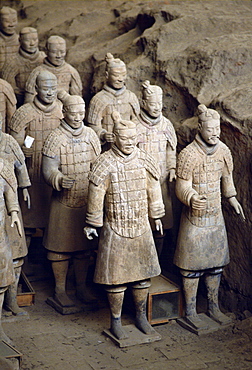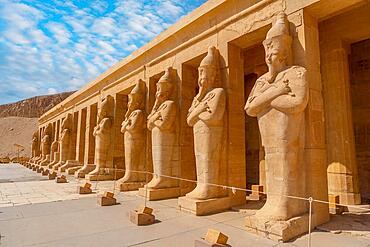Results
9 results found
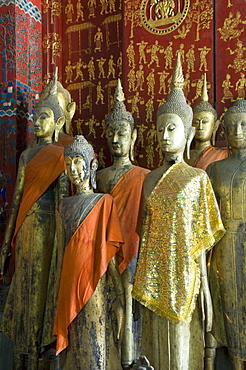
Buddha statues in the Funerary Carriage Hall, Wat Xieng Thong, UNESCO World Heritage Site, Luang Prabang, Laos, Indochina, Southeast Asia, Asia

Plaster cast of the Schreyer-Landauer monument funerary memorial by Adam Kraft, about 1460-1509, showing detail of Christ's entombment, Victoria and Albert Museum, Kensington, London, England, United Kingdom, Europe
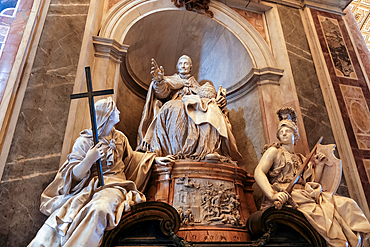
Detail of the funerary monument to Pope Innocent XI, by the French sculptor Pierre-Etienne Monnot, housed within St. Peter's Basilica in Vatican City, the papal enclave in Rome, UNESCO World Heritage Site, Rome, Lazio, Italy, Europe
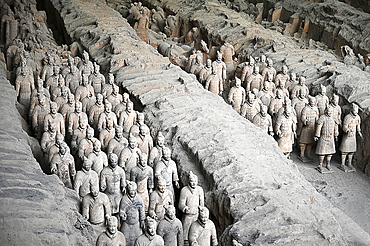
Terracotta Army, funerary sculptures buried with Emperor Qin Shi Huang in 210-209 BC, UNESCO World Heritage Site, Xian, Shaanxi, China, Asia

Terracotta Army, funerary sculptures buried with Emperor Qin Shi Huang in 210-209 BC, UNESCO World Heritage Site, Xian, Shaanxi, China, Asia

Reliefs, Temple of Opet, Karnak Temple Complex, UNESCO World Heritage Site, Luxor, Egypt, North Africa, Africa
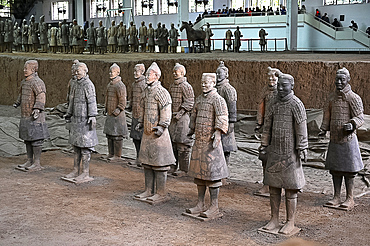
Terracotta Army, funerary sculptures buried in 210-209 BC, now separated for repair, Xian, Shaanxi, China, Asia
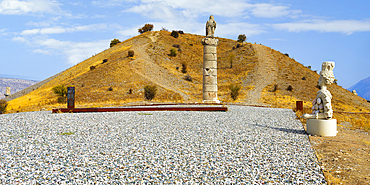
Karakus Tumulus, Funerary monument of Queen Isias and Princesses Antiochis and Aka, Adiyaman province, Turkey, Asia Minor, Asia
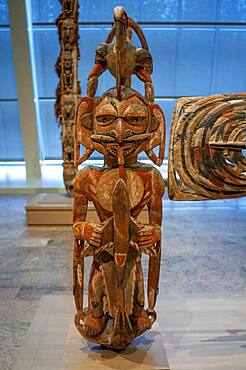
New Ireland Malagan funerary statue in at the Metropolitan Museum of Art museum, New York, USA. New Ireland is part of the Bismarck Archipelago, situated north of New Guinea, and has an estimated population of 100,000. The Dutch first encountered the island in 1616, and today New Ireland is a province of Papua New Guinea. Nineteen different languages are spoken on the island, and it is divided by a chain of mountains into three distinct regions: northern, central, and southeastern. The art of New Ireland traditionally centered on mortuary ceremonies and feasts to honor the dead. In northern New Ireland, the name given to these elaborate ceremonies is malagan, which is also the term used for the carved and painted sculptures associated with the ceremonies.
